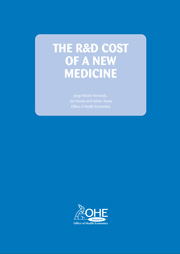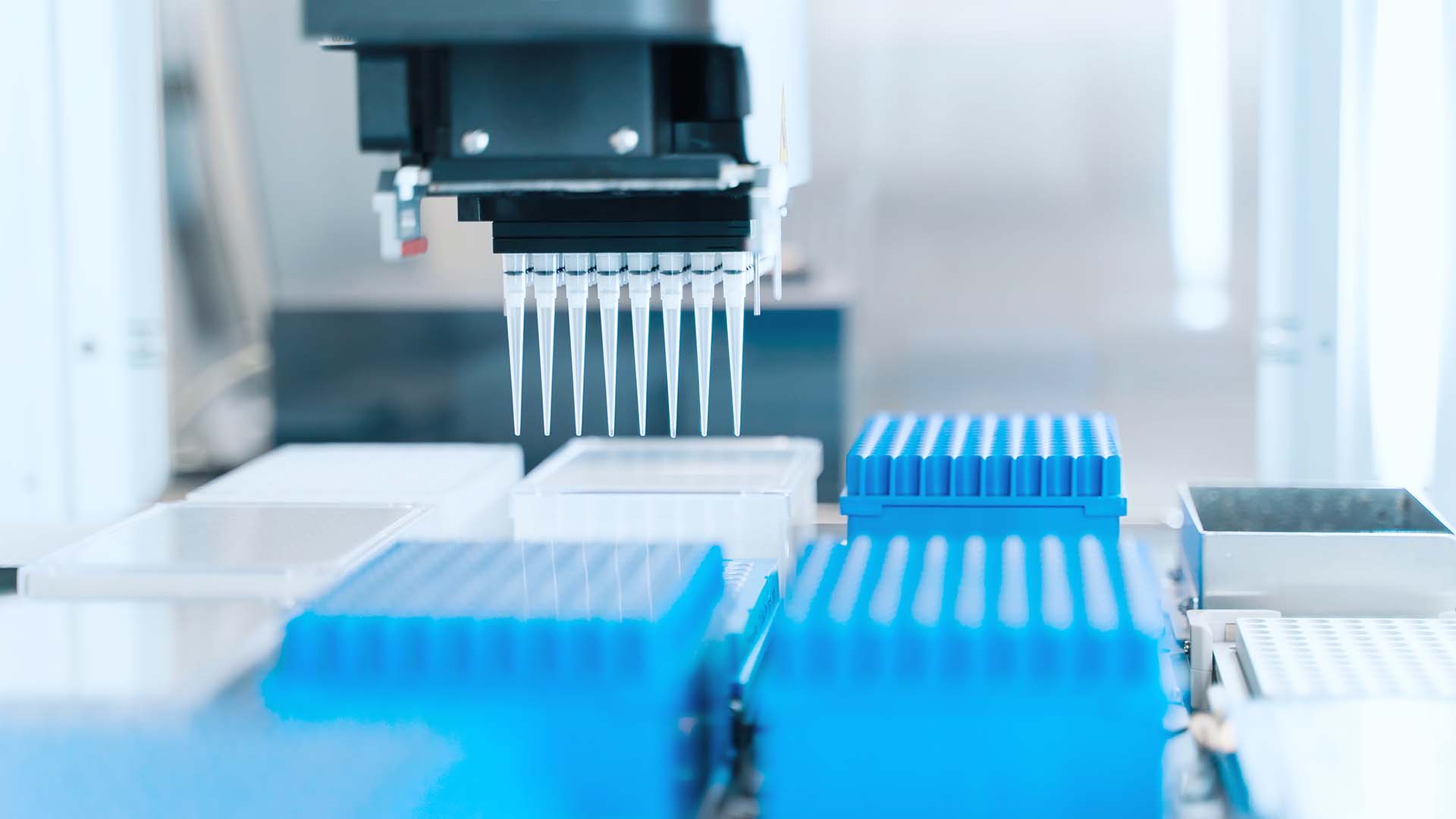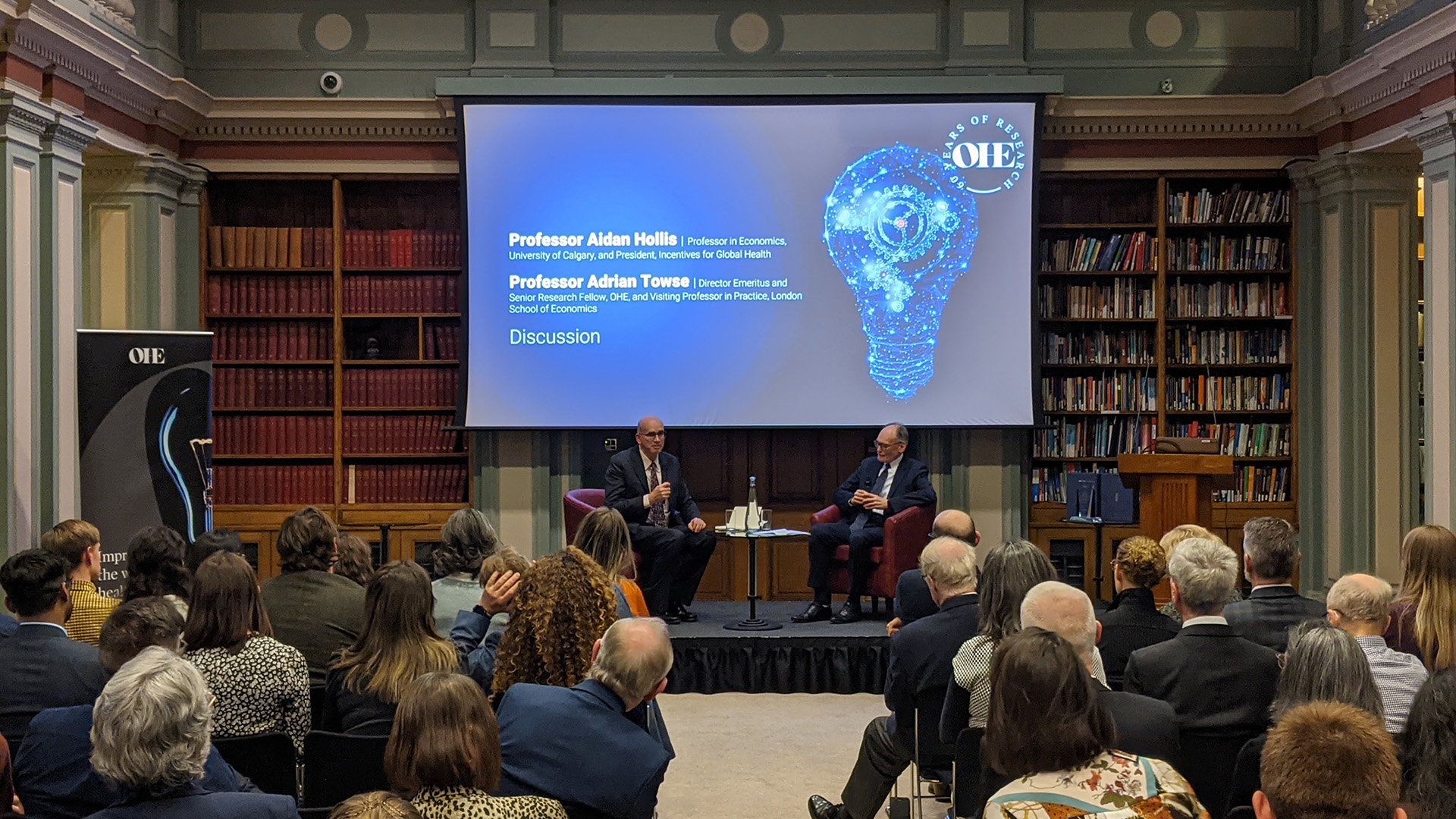Sign up to our newsletter Subscribe
Analysing Global Immunisation Expenditure

Sign up to our newsletter Subscribe


How much it costs to research and develop a successful new medicine has been an important policy issue at least since the 1960s. Cost estimates matter not just because of intellectual curiosity or for industry understanding of its performance, but…

How much it costs to research and develop a successful new medicine has been an important policy issue at least since the 1960s. Cost estimates matter not just because of intellectual curiosity or for industry understanding of its performance, but because they are a key aspect of the international debate about the reasonableness of pharmaceutical prices and the magnitude of the long-term investments involved. The Office of Health Economics today released a comprehensive study of the cost of R&D for new medicines.

How much it costs to research and develop a successful new medicine has been an important policy issue at least since the 1960s. Cost estimates matter not just because of intellectual curiosity or for industry understanding of its performance, but because they are a key aspect of the international debate about the reasonableness of pharmaceutical prices and the magnitude of the long-term investments involved.
The Office of Health Economics today released a comprehensive study of the cost of R&D for new medicines. It reviews research published over the last three decades, which shows an increase in costs from £125 million ($199 million)[1] per new medicine in the 1970s to £1.2 billion ($1.9 billion)[2] in the 2000s (both in 2011 prices). An OHE costs analysis based on new data for 1998-2002 agrees with comparable analyses for the same time period.
The study identifies four major factors that are producing higher R&D costs. First, out-of-pocket expenses have increased, up nearly 600% from the 1970s[3] to the 2000s[4]. Second, success rates for clinical development are falling as tougher therapeutic areas are tackled—e.g. neurology (Alzheimer’s), autoimmune diseases (arthritis), and oncology. Success rates have declined from 1 in 5[5] in the 1980s to about 1 in 10[6] in the 2000s. Third, R&D times have been affected by both more extensive regulation and more complex science. The time required to research a new drug and gain approval grew from 6 years[7] in the 1970s to 13.5 years[8] in the 2000s. Fourth, the cost of capital has risen from 8%[9] in the 1970s to 11%[10] in the 2000s. It costs more to provide an acceptable return to investors that compensates for the high risks of investing in R&D for new drugs.
In the face of these challenges, companies are continuing to emphasise changes intended to improve the efficiency of R&D, addressing those factors within their control. This includes, for example, making decisions far earlier in R&D about the market prospects of a drug candidate and more tightly managing clinical trial costs, often by outsourcing some aspects and/or siting trials in lower-cost locations.
The promise of the new, gene-based sciences is tremendous. Rapidly evolving R&D technology, however, requires a wide range of expertise and data. In response, new collaborations are arising that involve a range of public and private entities, sharing both risks and rewards. Incentives for continued innovation, however, still depend on the willingness of payers to reimburse for new treatments. 'Just as new approaches to R&D are crucial to the future,' Dr Mestre-Ferrandiz points out, 'so are new approaches to facilitating market entry and use. These are essential both to encouraging R&D and ensuring that patients have the earliest access possible to life-changing therapies'.
Contact: Jorge Mestre-Ferrandiz
Download Mestre-Ferrandiz, J., Sussex, J. and Towse, A. (2012) The R&D Cost of a New Medicine. London: Office of Health Economics. The book also is available in hard copy from Amazon.
An error has occurred, please try again later.
This website uses cookies so that we can provide you with the best user experience possible. Cookie information is stored in your browser and performs functions such as recognising you when you return to our website and helping our team to understand which sections of the website you find most interesting and useful.
Strictly Necessary Cookie should be enabled at all times so that we can save your preferences for cookie settings.
If you disable this cookie, we will not be able to save your preferences. This means that every time you visit this website you will need to enable or disable cookies again.
This website uses Google Analytics to collect anonymous information such as the number of visitors to the site, and the most popular pages.
Keeping this cookie enabled helps us to improve our website.
Please enable Strictly Necessary Cookies first so that we can save your preferences!

